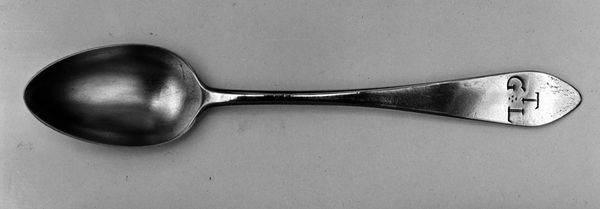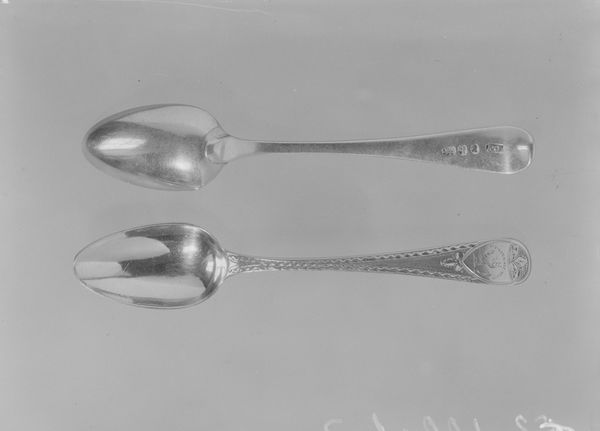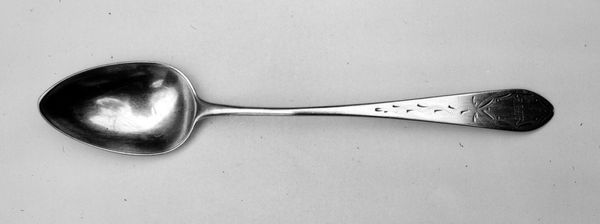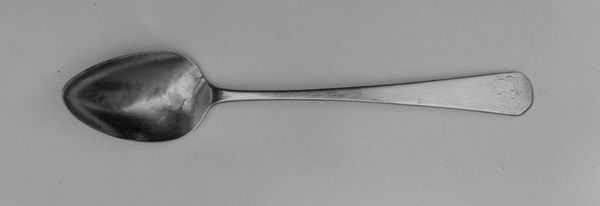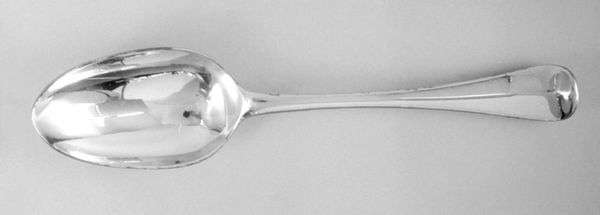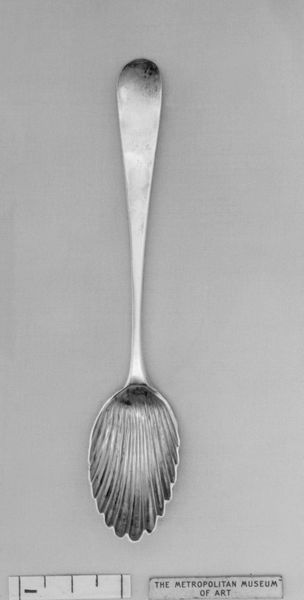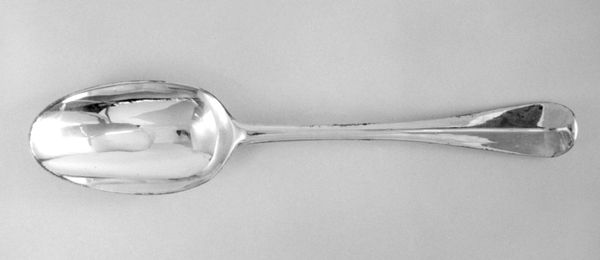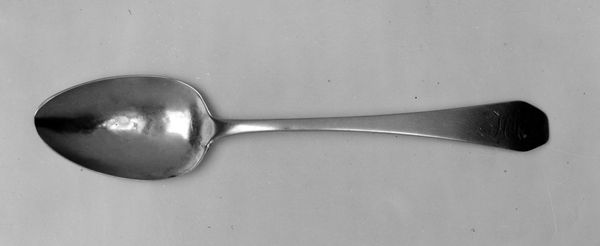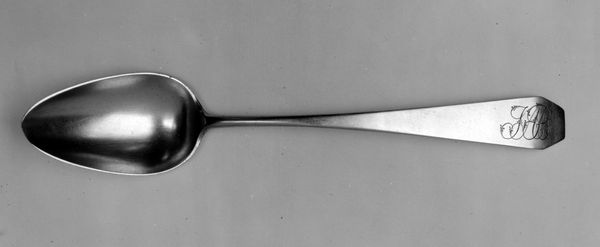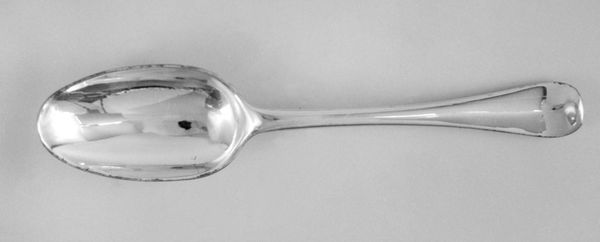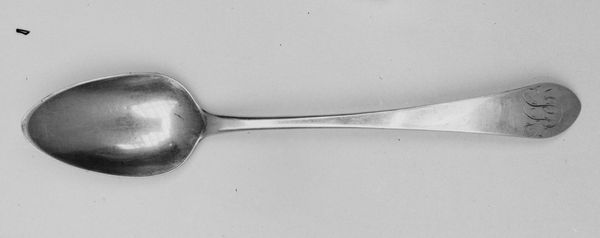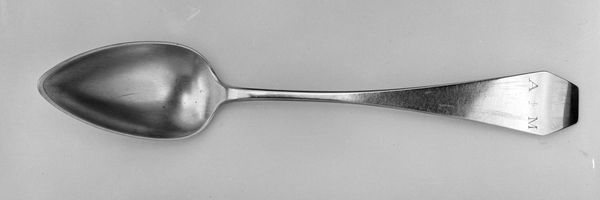
silver, metal, sculpture
#
silver
#
metal
#
sculpture
#
sculpture
#
united-states
Dimensions: L. 4 in. (10.2 cm)
Copyright: Public Domain
Curator: Up next we have a charming glimpse into 19th-century domestic life. These are two salt spoons crafted in 1846 by Samuel Kirk and Son, currently residing at the Metropolitan Museum of Art. Editor: They're surprisingly elegant for salt spoons! There’s a reflective, almost ghostly quality about them. A quiet elegance, almost austere. Curator: Indeed. They're made of silver, and if we consider the context of their production, we have to think about Baltimore in the mid-19th century. Samuel Kirk, often called "the father of American repoussé," established a firm that became renowned for its ornate silverwork. The spoons reflect the meticulous labor processes and the value placed on silverware during that era. It wasn't simply about function; it was a display of wealth and taste. Editor: Right. Silverware, like these spoons, became part of a burgeoning American identity tied to material possessions. These objects also speak volumes about gendered spaces, about the domestic labor predominantly done by women maintaining these precious objects. And let's not forget that 1846 precedes the Civil War; we cannot view anything made in America without acknowledging how intertwined these objects are with enslaved labor and racial inequality that fueled entire economies, even if indirectly related to their making. Curator: Precisely. Moreover, the spoons embody a tangible link to the rituals of dining and social interaction. Silver, as a material, resists tarnish and wear when cared for. Their lasting presence speaks volumes about the care and the status attributed to these simple objects. It moves beyond the simple action of adding salt to one's plate; it reflects a cultivated and ritualized lifestyle. Editor: That's a crucial point—it underscores how seemingly simple domestic tools become laden with cultural significance. Something like this, owned perhaps by a woman of some means, could subtly indicate social standing in a period of incredible social upheaval, masking an underlying participation, implicit or explicit, in systems of oppression. The reflection of silver, mirroring our faces as we see them, almost implicates the viewer across time. Curator: Well said. It makes you contemplate what these seemingly mundane objects whisper about the complex relationships between people, labor, and power. Editor: Absolutely, it's a fascinating reminder that even the smallest, most everyday items carry historical weight.
Comments
No comments
Be the first to comment and join the conversation on the ultimate creative platform.
